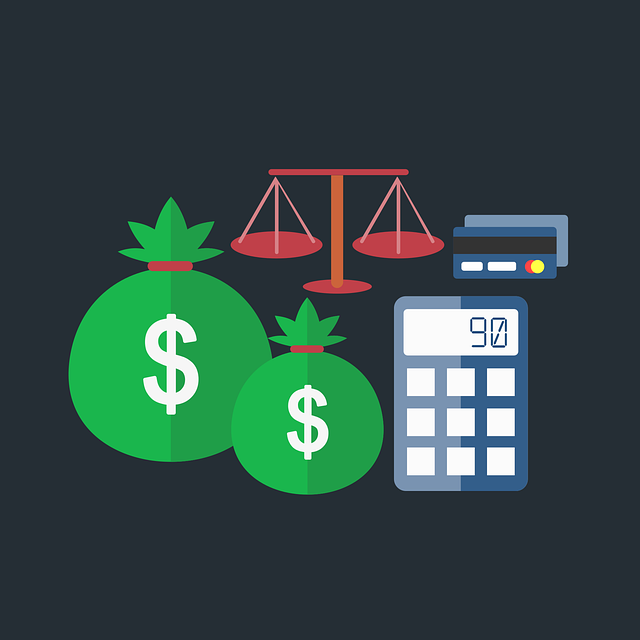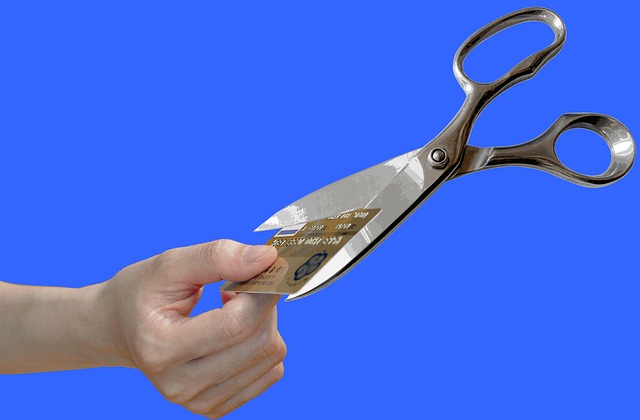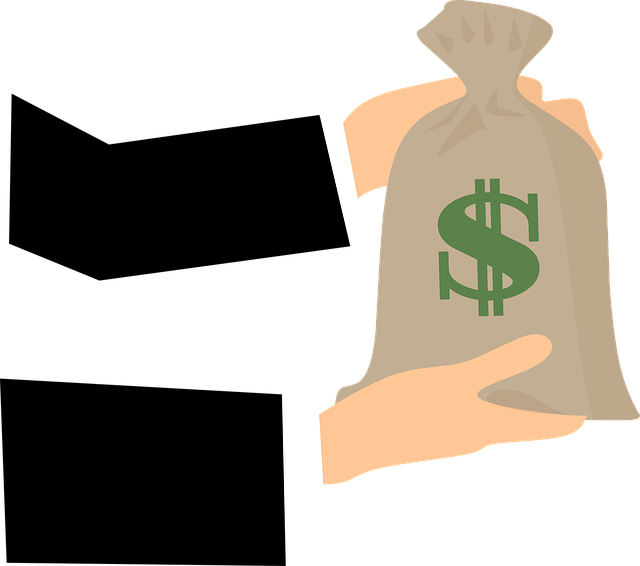Selling unpaid invoices through "cash for invoices" services provides businesses with quick access to capital, bypassing traditional loan processes. To maximize efficiency, organize and list outstanding invoices with key details. Specialized buyers assess these invoices and make offers, enabling companies to secure immediate working capital based on their accounts receivable—a strategic move for rapid business operations and seizing market opportunities in a fast-paced landscape.
In today’s fast-paced business landscape, maintaining optimal cash flow is crucial for survival. One effective strategy gaining traction is leveraging immediate funds through selling unpaid invoices. This article guides you through “cash for invoices” – a game-changer for businesses seeking instant liquidity. We’ll explore how this method works, provide a step-by-step guide to selling unpaid invoices, and discuss the benefits and considerations involved in maximizing your cash flow.
- Understanding Cash for Invoices: Unlocking Instant Liquidity
- How to Sell Unpaid Invoices: A Step-by-Step Guide
- Benefits and Considerations: Maximizing Your Cash Flow
Understanding Cash for Invoices: Unlocking Instant Liquidity

Selling unpaid invoices for immediate funds is a strategic move that can provide businesses with quick access to much-needed liquidity. This practice, often referred to as cash for invoices, allows companies to turn their outstanding accounts receivable into cash in hand, offering a rapid solution to financial constraints. It’s an attractive option for businesses seeking to bridge short-term gaps or accelerate growth without traditional loan options.
By partnering with specialized invoice financing firms, businesses can bypass the lengthy waiting periods associated with conventional banking loans. Instead, they receive a percentage of their outstanding invoices upfront, providing instant working capital. This innovative approach empowers companies to maintain operations, cover expenses, and seize market opportunities without delays, ensuring they remain competitive in today’s fast-paced business environment.
How to Sell Unpaid Invoices: A Step-by-Step Guide

Selling unpaid invoices is a strategic move for businesses seeking immediate funds. This process involves several steps to ensure success and maximize cash flow. First, organize your outstanding invoices by date and customer. Prioritize those with the longest payment terms or largest amounts owed. Next, create a comprehensive list detailing each invoice number, the client’s name, the original due date, and the current balance.
Once prepared, approach potential buyers who specialize in purchasing invoices, commonly known as cash for invoices entities. These buyers assess the collectability of your invoices and make an offer based on the total value. Carefully review their proposals, considering any fees or discounts they might apply. Negotiate terms that are fair and suitable for your business needs. Upon agreement, you can sell these invoices, providing much-needed capital to fuel operations or settle other financial obligations promptly.
Benefits and Considerations: Maximizing Your Cash Flow

Selling unpaid invoices is a strategic move to boost your business’s immediate cash flow, offering a swift solution to financial constraints. This approach provides an opportunity to access a substantial pool of funds that are often overlooked but can significantly impact a company’s liquidity. By selling these outstanding debts, businesses can gain quick capital, enabling them to cover immediate expenses, capitalize on market opportunities, or even manage unexpected cash flow gaps.
When considering this method, several factors come into play. It is essential to evaluate the potential benefits against the costs and complexities involved. Businesses must assess their customer base’s creditworthiness to ensure timely payments. Additionally, understanding the market for invoice financing and choosing a reputable buyer or factoring service is crucial. Efficient management of this process can lead to better terms, higher cash recovery rates, and improved overall cash flow health, fostering a sustainable financial environment.






